Mindfulness Practices for Children and Families
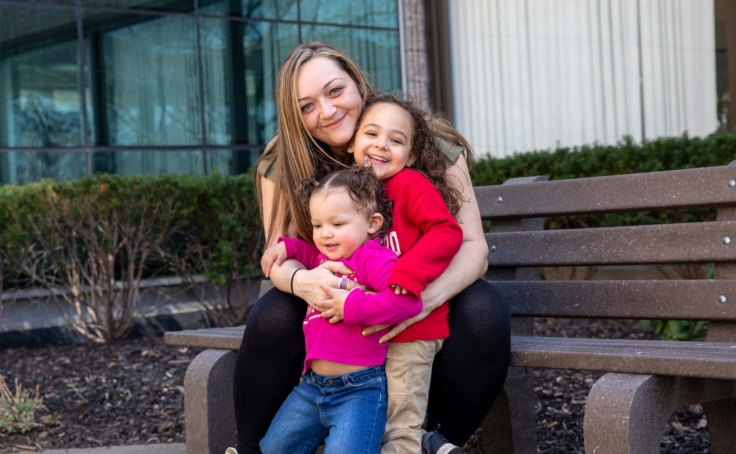
When parents and children are feeling big emotions, it helps to take a mindful pause. Simple mindfulness activities for kids can help.
Mindfulness means paying close attention to what’s happening inside and around us, with kindness and curiosity. It’s one of the best calming strategies for babies, toddlers and preschoolers, and a gentle way to build emotional awareness early.
For parents and caregivers wondering how to explain mindfulness to kids, the answer is simple. It’s about helping little ones notice their breath, their bodies, and the world around them. These easy practices offer a mindful minute for kids to slow down, feel safe, and reconnect.
Each of the activities here introduces a kid-friendly mindfulness definition through play, movement, and connection. Whether you’re blowing bubbles, cuddling with your baby, or listening to a soft sound together, these short exercises support calm, connection, and emotional growth.
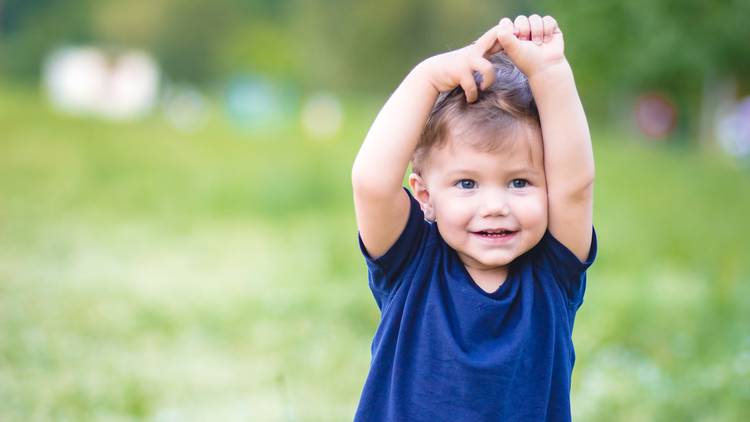
Balloon Breath
Imagine a balloon above your head as you fill your lungs with air and slowly let it out.
Teaches kids how their breath can calm their bodies. This is a simple way to start explaining mindfulness to kids.

Starfish Breathing
Help your little one trace their hand as a guide to deep breathing.
Helps children slow their breath using their hands as a guide. It’s a simple way to introduce mindful breathing.
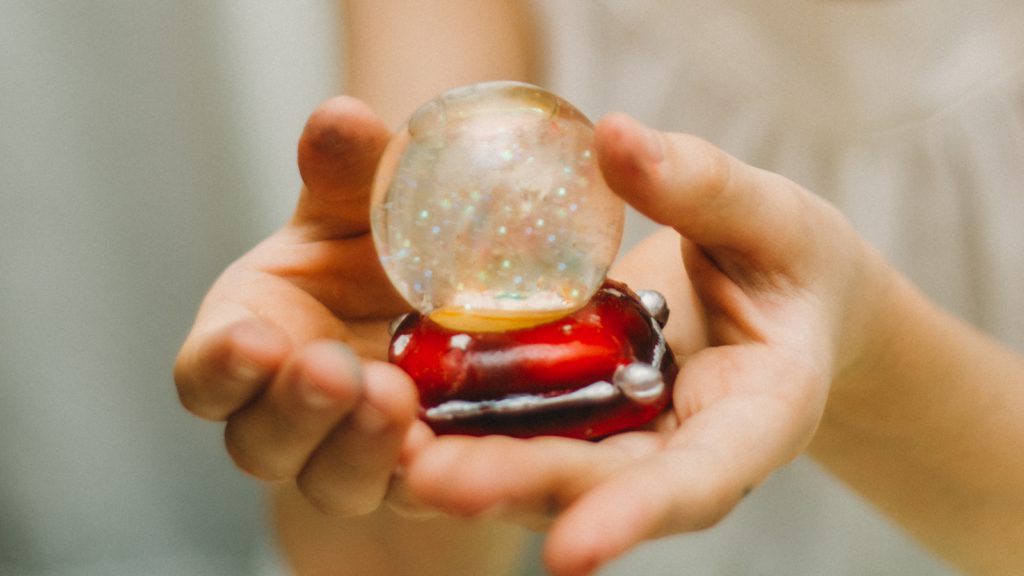
Calming Glitter Bottle
Create your own glitter bottle and enjoy the calm as you watch the glitter settle.
Offers a visual way to talk about feelings and waiting for the “storm” to settle. A helpful tool for explaining mindfulness to kids.
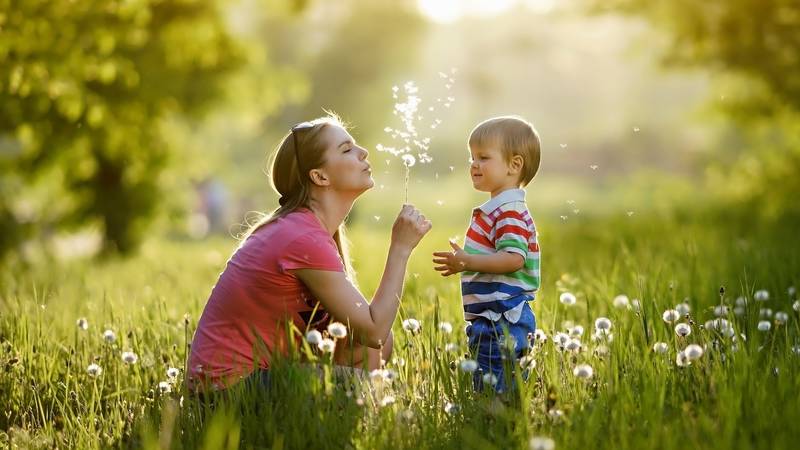
Five Senses Exercise
Use all your senses to focus on the present moment.
Encourages kids to use sight, sound, touch, taste, and smell to explore their world. It’s a great mindful minute for kids who need to reset.
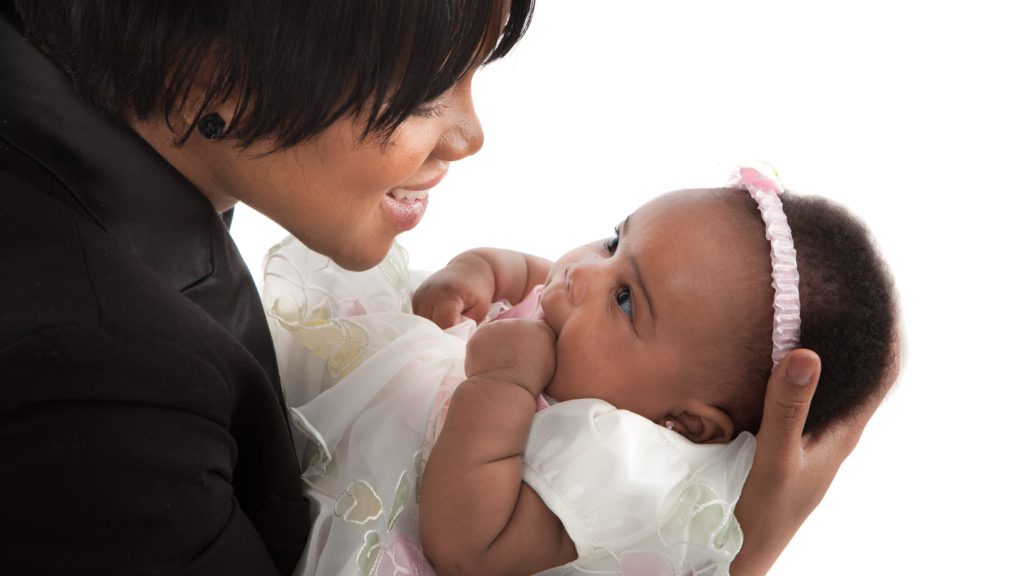
Pleasure Gazing
Take a few minutes to notice all the details of your child’s beautiful face.
Gives caregivers and babies space to be present and focus. This quiet practice builds attention and calm.
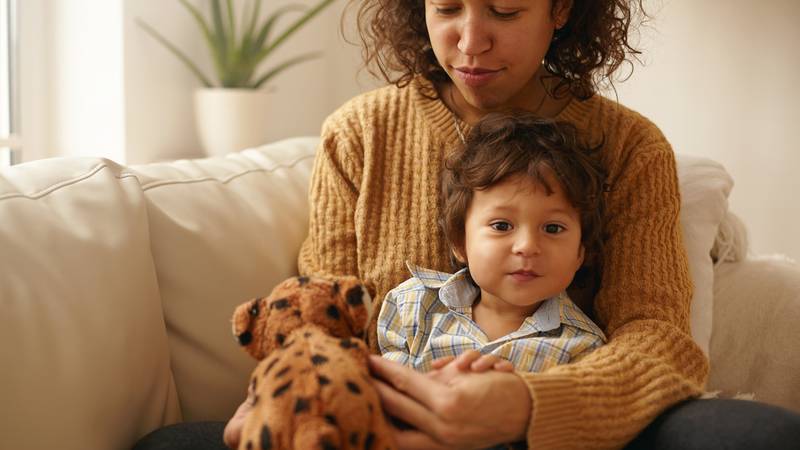
Breathing with a Buddy
Rock a stuffed animal to sleep with some gentle belly breathing.
Teaches belly breathing through play. It’s a gentle calming strategy for toddlers and preschoolers who respond to comfort and rhythm.

